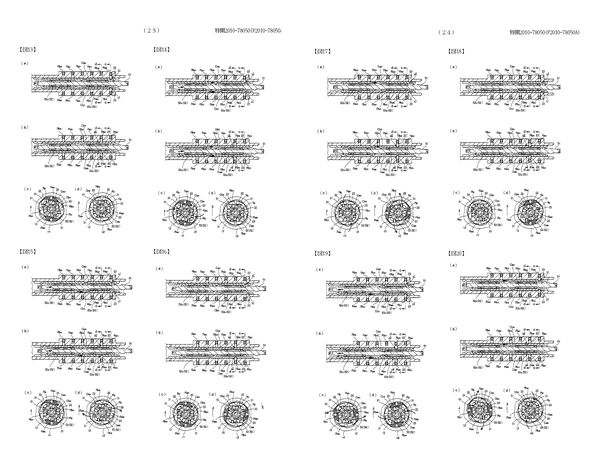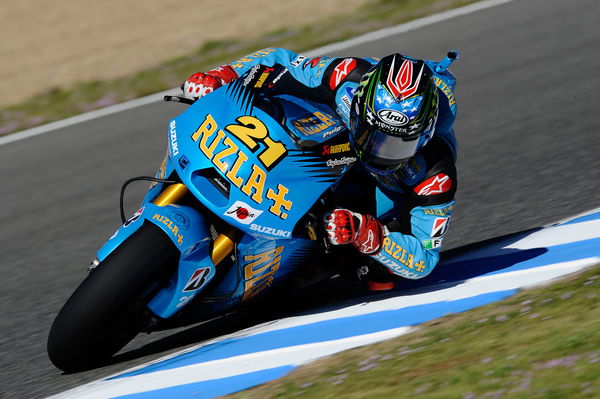Honda's MotoGP gearbox explained
Patent drawings reveal the workings of the new gearbox that has caused a stir in MotoGP

Recently acquired patent drawings have allowed us to examine the workings of Honda’s new MotoGP gearbox. It’s clever. Very clever.
It uses gears that spin freely on the output shaft when they’re not engaged, with internal ratchet mechanisms in each gear. There are four pawls on each ratchet – two take drive loads when the ratchet is engaged and the other two are used to limit backlash. During engine braking, the backlash-limiting pawls take the load.
These pawls are normally held in the “neutral” position, so the gear isn’t engaged, by sliding rods inside the output shaft. These rods have indentations in them, so when they’re slid into a particular position, they allow the pawls for one gear to engage (the pawls are sprung, so they will pop out and try to engage the ratchets on the inner circumference of each gear as soon as the selector shaft allows them to). Honda’s DCT twin-clutch system (banned by MotoGP rules) uses hollow output shaft technology to run one shaft within another to drive both clutch baskets.
On changing up to the next gear, first the backlash pawls in the first gear are disengaged (but not the drive ones) and the drive pawls in the second ratio are engaged. As the 2nd gear pawls connect with the ratchet inside 2nd gear, they take the load and accelerate the output shaft. Because the ones in 1st gear act as a ratchet, they can remain engaged right up to that moment – when the output shaft starts spinning faster than the 1st gear output ratio, the pawls will get pushed out of the way. Then, in the second stage of engagement, the backlash pawls in 2nd gear will be released and slot into place while the drive pawls in 1st gear are locked out of the way.
This new take on gear engagement has a couple of key advantages: First, it’s a seamless-shift arrangement (1st will be driving right until the moment 2nd gear takes over, and so on) so there’s no loss of drive. Second, there’s no conventional selector forks or gearshift drum, so it’s ultra-compact (the selection process is done via the rods inside the hollow output shaft). A corollary of that is that the gears themselves can be wider, and therefore stronger.
Finally, whenever you’re changing gear, the parts are moved in a sequence that means you’re never moving a part that’s under load. That means it’s easy to shift gear and doesn’t need powerful hydraulics (which MotoGP prohibits anyway).
The downsides are that it could really do with an electronically-controlled clutch to make the most of the system – allowing a modicum of slip as the gears are shifted to smooth the transition from gear to gear. Downshifts will rely totally on the slipper clutch to soften the torque loadings.
At the recent Jerez MotoGP race, several Honda riders did mention that downshifts were sometimes a problem. This system, as far as we know, is in its development infancy but the potential appears to be huge and for such a revolutionary departure the bugs appear to be minimal.












